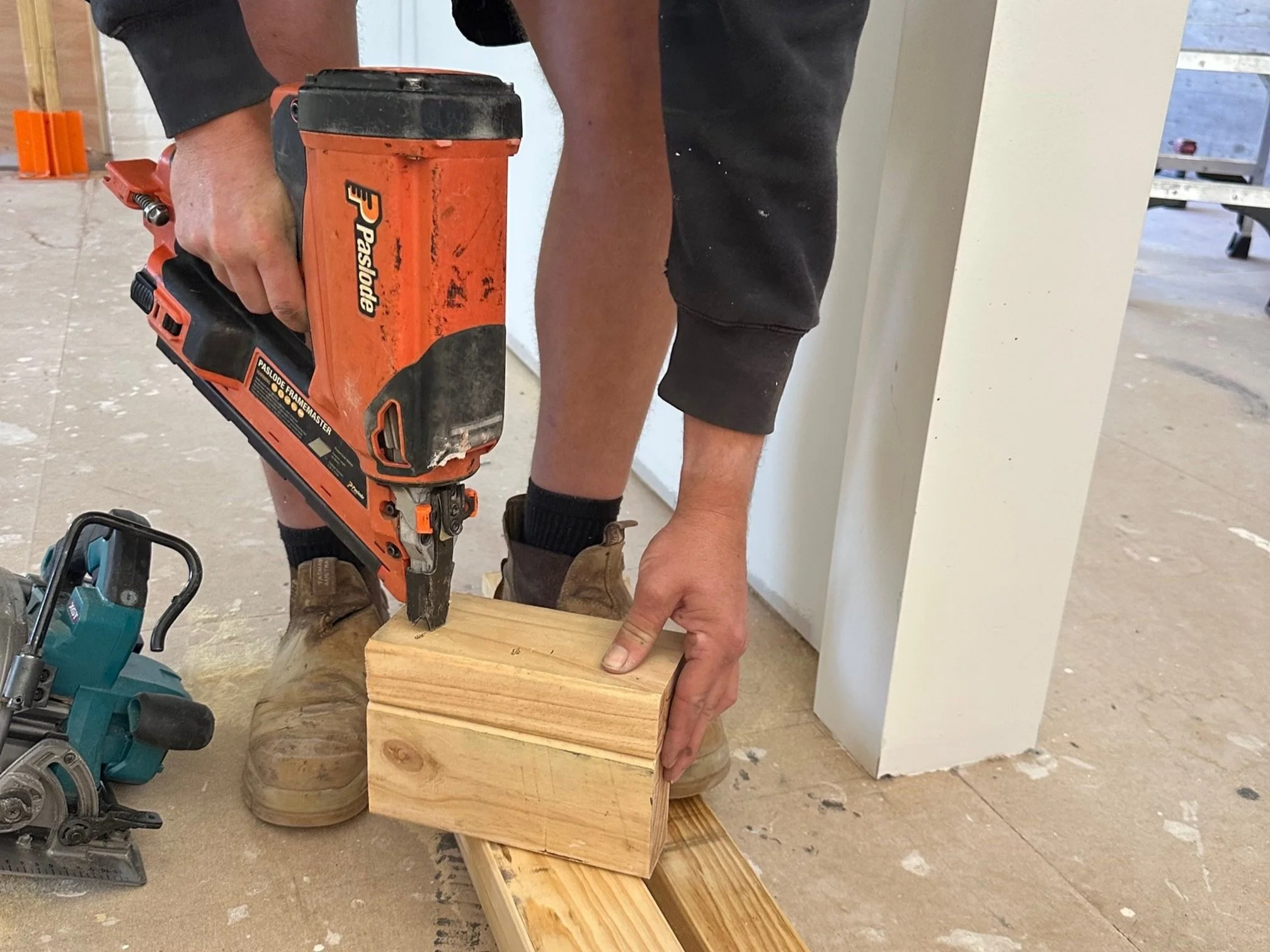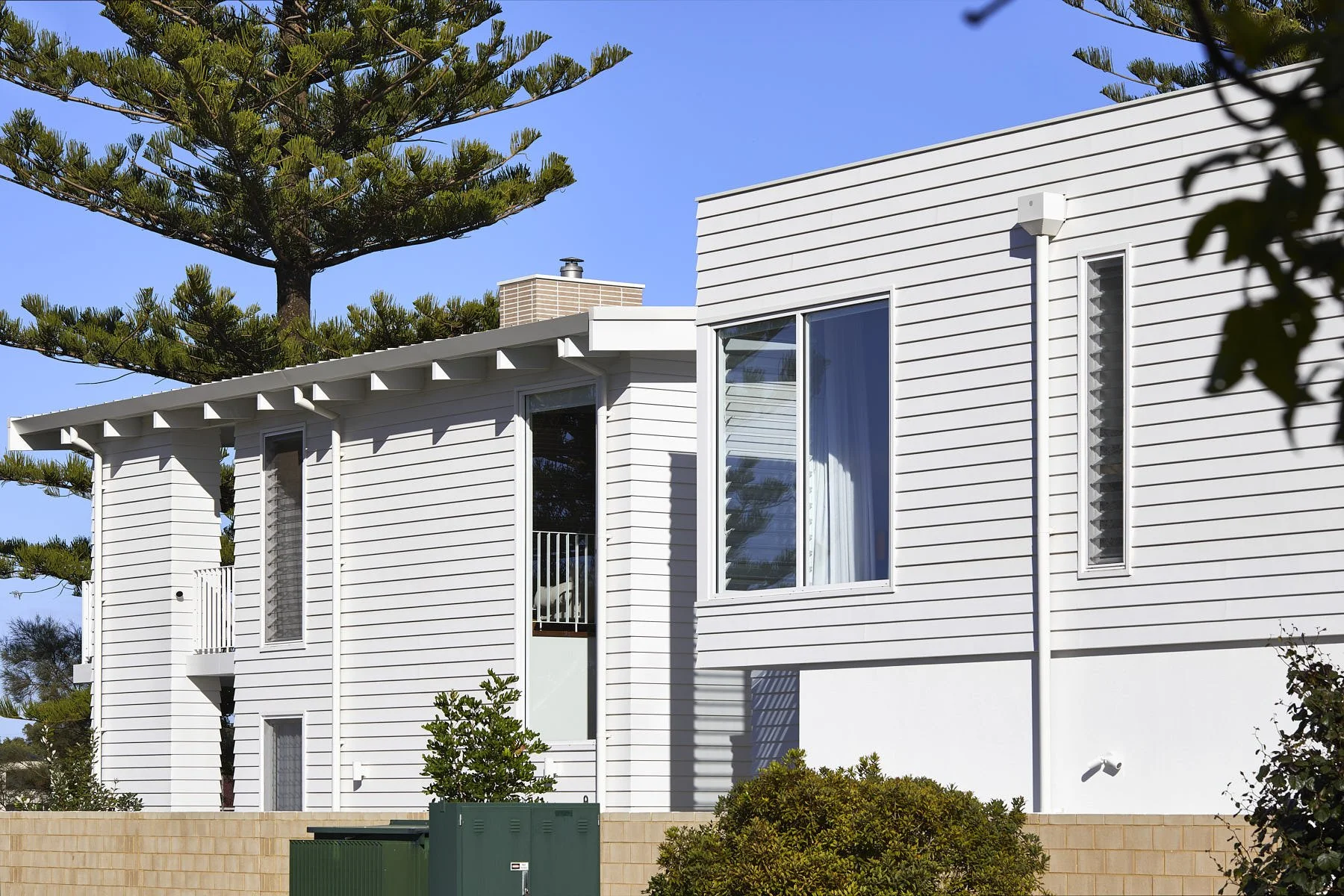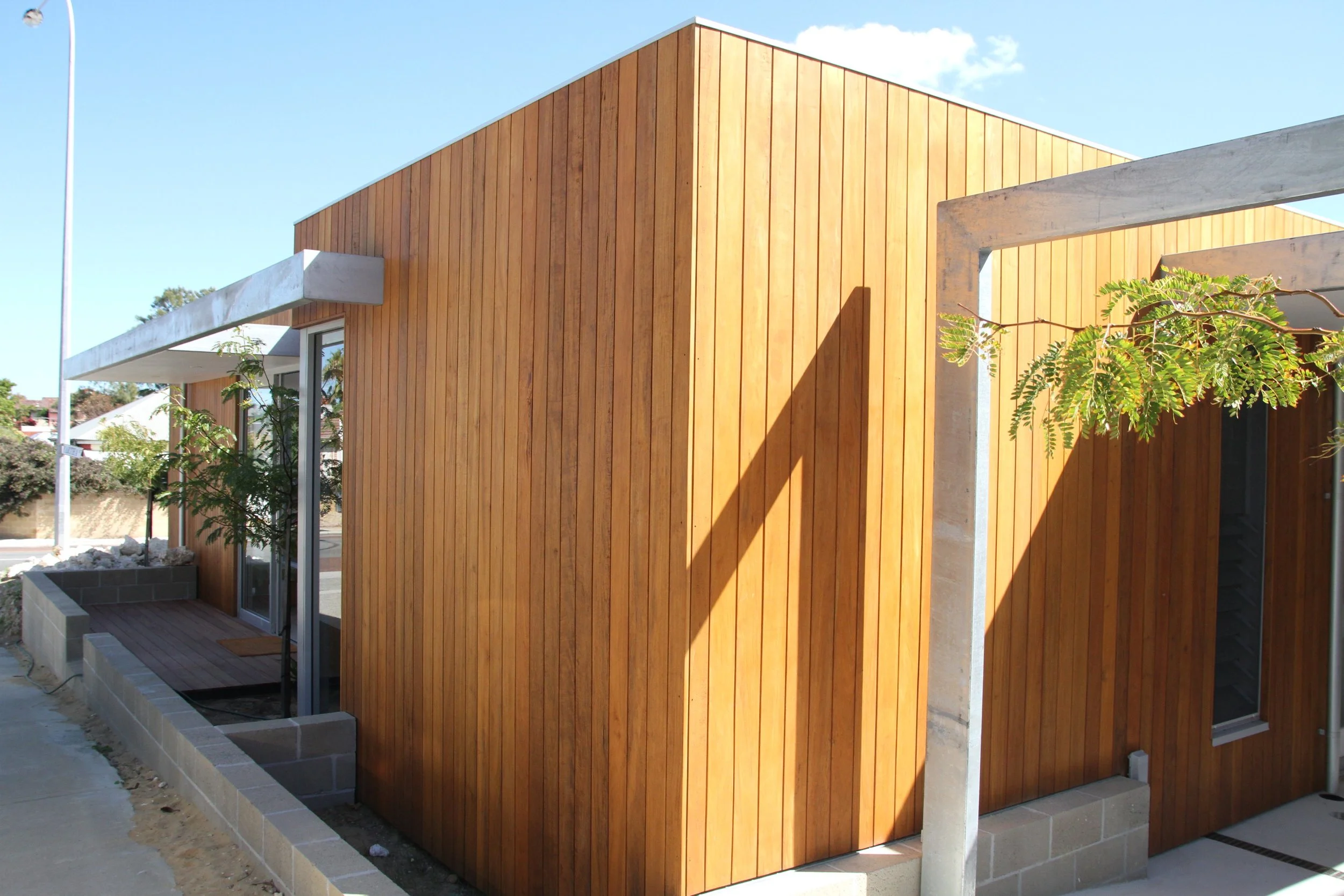Once your home has been built, plastered, painted and filled with all the things that make it a home, it’s easy to forget about what’s holding it all together. When it comes to the framing, if you’re building with Arklen, that’s most likely timber framing, but many builders are now opting for steel framing instead. For this reason, we thought it was finally time to share a blog comparing these two options. Let’s take a look.
SUSTAINABILITY
For many of you, it’ll be of little surprise that timber is, typically, more sustainable than steel. Not only is it a natural, renewable resource, but it also stores carbon and has a low carbon footprint during the manufacturing process. When it does, eventually, reach the end of its lifespan, timber is also biodegradable.
Steel, on the other hand, is a finite resource that is very energy-intensive to source and manufacture, and is not biodegradable. Where it does stand out, is in its high recyclability. So, if your design does require steel, look for suppliers with recycled options first.
There are a few caveats to this, though. First, land clearing for timber plantations and the use of old-growth timber can both be devastating for the environment. Wherever possible, always try to source FSC-certified or sustainably grown timber. Similarly, carbon emissions from transportation should also be considered—while local timber will most likely be more sustainable than local steel, the opposite may be true if your timber is being shipped halfway across the world.
COST
Depending on the project, timber framing can also be more cost-effective for a number of reasons. For one, the raw materials are typically cheaper and more readily available. Additionally, while steel is usually quicker to erect initially, it often makes the rest of the build take longer. This is because everything that comes after it—like plaster and fixings—needs to be screwed into the steel. With timber framing, though, nail guns can significantly speed up this process (and reduce the cost of labour).
It's worth noting, however, that at Arklen we exclusively use H3 LOSP treated timber from Wespine, for its increased durability and lifespan. This is still usually more affordable than steel, but the price gap is definitely less significant.
Nail guns can speed things up significantly with timber.
DURABILITY AND LIFESPAN
Things get a little more complicated when considering durability and lifespan. Steel hasn’t been around for as long as timber so it’s still a bit hard to compare, but plenty of steel suppliers offer warranties of 50+ years. Timber will vary depending on the species, but we’ve worked on homes with one-hundred-year-old timber framing that’s still going strong. There are, however, a few additional factors to consider.
First, let’s start with one of the most common concerns: termites. One of steel’s major benefits is that it’s completely termite-proof. Timber, on the other hand, can be susceptible to termite damage so it’s important to invest in good termite treatment or opt for H3 treated timber like we use at Arklen.
Then—something that we need to take quite seriously in Australia—there’s fire. And it may come as a surprise to learn that this is actually a benefit of timber rather than steel. There are a few reasons for this, of which we’ll go into more detail in a future blog, but the main one is that timber can maintain its structural integrity at higher heats than steel, which begins to warp and weaken much earlier.
The location of your build should also influence your choice between steel and timber framing. In areas that experience frequent cyclones, for example, steel will likely be the better choice for its ability to resist high winds and impact (from flying debris). In coastal areas, however, timber—or at least corrosion-resistant steel—tends to fare much better. Wherever you are, be sure to get location-specific advice from your architect or builder.
AVAILABILITY AND SIMPLICITY
When it comes to availability, timber is abundant and easy to source. As for simplicity, there are a few more layers to consider.
First, steel comes in lengths of up to 8m (compared to timber’s 6m) which can make it more suitable for some designs. Lighter than timber, steel is also easier to manoeuvre around the worksite and can be good for lightweight construction. If you’re doing a big build, the biggest benefit to steel is the option to get a mobile steel framing machine which can significantly speed up construction times by producing custom light-framing on-site.
All that said, timber is no doubt easier to work with on site. It can be cut with saws that will be found on virtually every jobsite, while steel will require an angle grinder or even more specialised tools. As we mentioned earlier, connections are also easier and faster since nail guns can be used with timber. When it comes to running your services—like plumbing and electrical—steel can cut and damage cables, so additional protective elements, like grommets, are required. On top of this, steel conducts heat more easily than timber so the need for more thermal breaks and extra insulation can add complexity to the build.
While these weatherboards would have needed to be screwed into place with steel framing, they were much quicker to install using clout nails on timber.
DESIGN VERSATILITY
The final point to consider is how much versatility you can get from each material. Both can be highly versatile, but where timber stands out is in the ability to easily make changes throughout the build. Steel frames need to be pre-planned and fabricated off-site, so if you decide mid-build that you want to create a curved wall or add an extra niche in the shower, you’ll likely face delays. With timber, however, it’s much easier to make creative changes on the fly—all you need to do is grab the extra materials and cut them as needed on site.
Additionally, timber framing can also lend itself to more seamless designs. In our Martha Street project, for example, timber framing made it possible to hide the fixings of the vertical cladding and achieve a clean, refined finish that would have been much more difficult with steel.
Ultimately, as long as you have a good builder, both timber and steel framing will be safe, reliable and long-lasting. At Arklen, we started out as carpenters and love the craftsmanship of working with wood, so almost exclusively use H3 treated timber. Every project is different, though, so always consult with a local architect or builder for location-specific advice.






